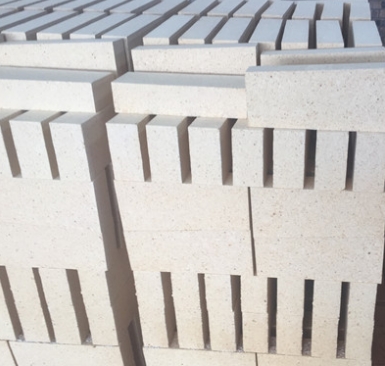- 08
- Sep
High alumina brick for new type lime kiln
High alumina brick for new type lime kiln
The secondary high alumina brick is a kind of refractory material, the main component of this refractory brick is Al2O3.
If Al2O3 content is higher than 90%, it is called corundum brick. Due to different resources, national standards are not completely consistent. For example, European countries set the lower limit of Al2O3 content for high-alumina refractories at 42%. In China, according to the content of Al2O3 in high alumina bricks, it is usually divided into three grades: Grade I──Al2O3 content>75%; Grade II──Al2O3 content is 60~75%; Grade III──Al2O3 content is 48~60%.
Characteristic

a. Refractoriness
The refractoriness of high alumina bricks is higher than that of clay bricks and semi-silica bricks, reaching 1750~1790℃, which is a high-quality refractory material.
b. Load softening temperature
Because high-alumina products have high Al2O3, less impurities, and less fusible glass bodies, the load softening temperature is higher than that of clay bricks. However, because mullite crystals do not form a network structure, the load softening temperature is still not as high as that of silica bricks.
c. Slag resistance
High alumina bricks have more Al2O3, which is close to neutral refractory materials, and can resist the erosion of acidic slag and alkaline slag. Because of the inclusion of SiO2, the ability to resist alkaline slag is weaker than that of acidic slag.
use
Mainly used for lining of blast furnaces, hot blast furnaces, electric furnace tops, blast furnaces, reverberatory furnaces, and rotary kilns. In addition, high alumina bricks are also widely used as open hearth regenerative checker bricks, plugs for pouring systems, nozzle bricks, etc. However, the price of high alumina bricks is higher than that of clay bricks, so it is not necessary to use high alumina bricks where clay bricks can meet the requirements.
